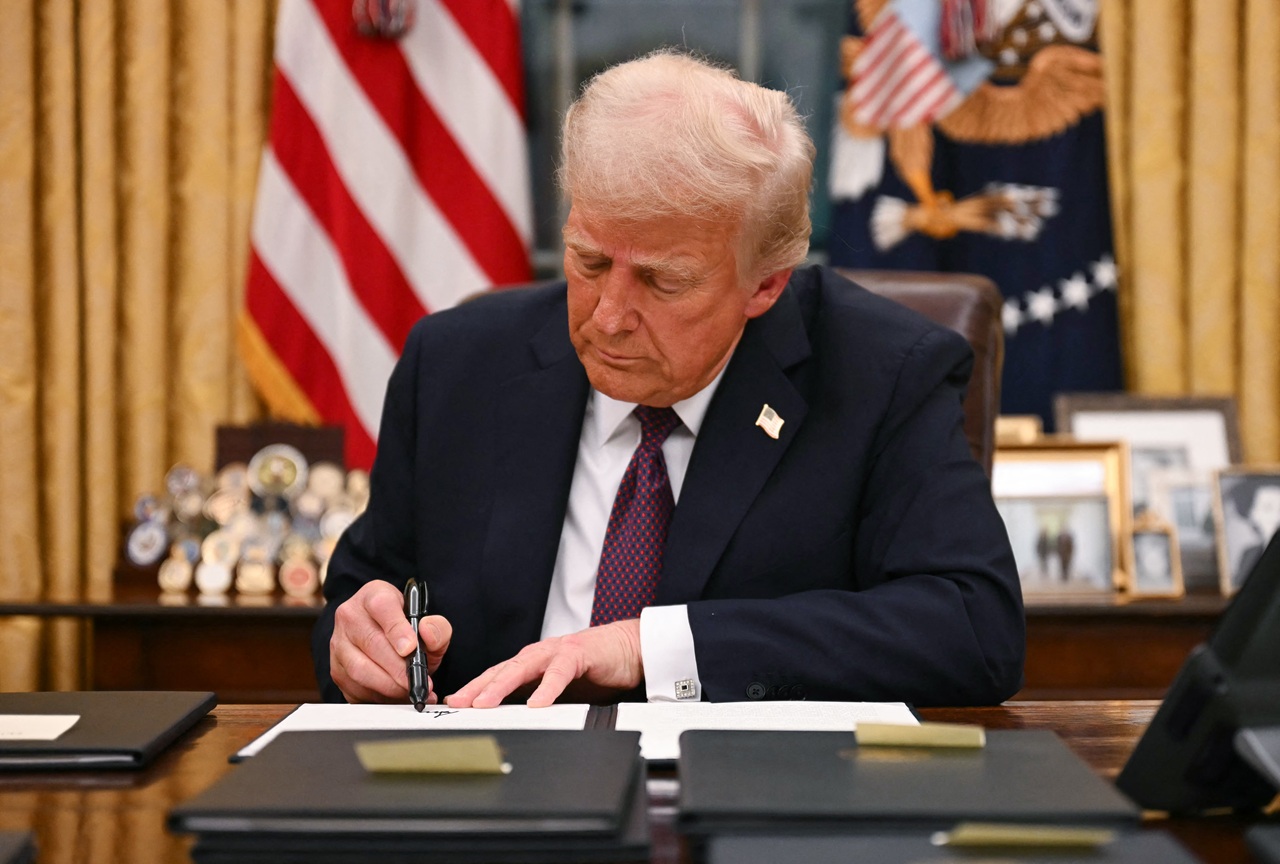
Prisons and jails comprise the largest COVID clusters in the United States
The criminal justice system in the United States has failed to protect its inmates and correctional officers amid COVID-19.
San Quentin State Prison in California is the top coronavirus cluster in the United States, with more than 2,600 infections and 27 deaths in the facility alone.
Marion Correctional Institution in Ohio follows, with just over 2,400 cases. In fact, one thing the top 16 clusters (as of September 3) in the United states have in common is they are all located in prisons and jails.
What are clusters? Think of the coronavirus outbreaks at the start of the pandemic, hitting nursing homes, cruise ships, and St. Patrick’s Day gatherings.
Now that there is more widespread education on how the virus spreads, as well as CDC guidance to avoid infection, the makeup of our nation has been revolutionized, and again, the dark truths of our framework have been exposed.
No longer are coronavirus clusters largely attributed to avoidable situations. Instead, the most impacted now are those who are forcibly confined to tight spaces: Prisons, jails and detention facilities.
Currently, the top 16 clusters in the United States can be traced to correctional facilities, followed by the food processing industry and nursing homes. There are all places where people are packed into close quarters, with little-to-no opportunity for social distancing.
Not only that, but correctional officers, who move in and out of these facilities each day come into contact with inmates and detainees, putting them all at a higher risk of infection.
The moment one employee brings COVID-19 into the facility, the close quarters provide a situation of rampant spreading in a short period of time.
In U.S. jails and prisons alone, over 176,000 people have been infected, and at least 1,080 inmates and correctional officers have died, reports the New York Times.
RELATED CONTENT
Another thing the top clusters in the nation have in common is their demographics.
It’s already established that the Latinx population already has been the most disproportionately affected by the coronavirus, closely followed by Black and Native peoples.
In correctional facilities, the coronavirus is impacting BIPOC at alarming rates.
The issue, besides the disparity, is there is no central government reporting and collection agency tracking the data of COVID-19 in the facilities, reports the Vera Institute of Justice.
“The lack of transparency around coronavirus cases, testing, response and outcomes in these facilities hobbles efforts to provide adequate protection and treatment to incarcerated people and contain the pandemic overall,” writes Micah-Haskell-Hoehl and Logan Schmidt with Vera.
The answer, they write, would be the COVID-19 in Corrections Data Transparency Act. The bill, introduced by Rep. Ayanna Pressely (D-MA) and co-sponsored by Latinx Reps. Sylva Garcia (D-TX) and Adriano Espaillat (D-NY) was introduced in the House on Aug. 7.
The criminal legal system is unprepared to mitigate the spread of coronavirus among those in the prison system, and the virus has also highlighted the inequities already in place among BIPOC, particularly Black and Latinx Americans.
These people are put in these facilities for crimes, in many cases inconceivable. But it is also inconceivable to disregard humanity, especially at a time when inmates are most vulnerable.











LEAVE A COMMENT:
Join the discussion! Leave a comment.